From the June issue of Apollo: preview and subscribe here
It is five years since Masterpiece London (25 June–1 July) rose from the ashes of the Grosvenor House Art & Antiques Fair. Where that once unmissable event, crowded into the hotel’s Great Room, had grown tired, Masterpiece promised a fresh encounter between art, antiques and a contemporary audience. Since 2011, the event has been held in a sumptuously appointed marquee in the South Grounds of Wren’s Royal Hospital Chelsea. The spacious, carpeted venue is the last word in elegance, helped along by champagne bars and fine dining for those really wishing to indulge – this year the Mount Street Deli, Le Caprice and the Ivy Bar are on hand with the refreshments.
In its early days, Masterpiece was deemed brash by some fair veterans, citing the fast cars and fine wine it embraced. Times have changed, and the sceptical have been persuaded by both the quality of the rigorously vetted objects and the international roster of established galleries. This event is a successful platform for the buying and selling of art. Nazy Vassegh, the fair’s chief executive, is a former Sotheby’s director and an Impressionist and modern specialist. ‘We have worked hard to establish Masterpiece London as a serious, multicategory fair,’ she tells me. With over 150 exhibitors, the majority are returnees, and the 12 new galleries this year include Richard Green and David Gill from London and the Kraemer Gallery from Paris – ‘the finest examples of galleries in their category,’ Vassegh says.
For Vassegh, the fair has reached its ideal size. ‘The temptation is to grow when you have a long waiting list,’ she says, ‘but we want there to be space and time for visitors to contemplate the artworks.’ She also says that key to the fair’s success is what she describes as ‘the three pillars’ – art, antiques and design.
Art dealers represent about a third of the exhibitors at Masterpiece London. While Old Masters are not a particular strength, being better served by TEFAF Maastricht, Philip Mould brings an enticing portrait by Simon Verelst (c. 1644–1710) of the notorious Nell Gwyn, one of the first English actresses and mistress to Charles II. Verelst was a Dutch flower painter, and this theatrical portrait with its sensuous extremes of red velvet and porcelain skin – and provocative nipple – is one of only a handful of genuine portrayals. It may have been commissioned directly by the actress, and has not been seen in public since 1860.
Lowell Libson shows a late Turner watercolour painted on his alpine tour of 1836 – a dream-like view of the Val d’Aosta over a succession of thinly washed mountains. A newly discovered painting by Robert Salmon is a highlight at John Mitchell Fine Paintings. Maverick House, Boston, depicts the hotel and banqueting hall on the night of 13 November 1837, lit up dramatically by fireworks to celebrate the Whig victories in New York. British-born Salmon was a maritime painter who influenced American Luminism, and this atmospheric painting is a beautiful example of his technique. Richard Green, meanwhile, brings a wide range of exhibits from its core specialisms – on display here are the French Impressionists Renoir, Pissarro, Sisley; two sky studies by Monet, and a Bonnard; flowers by Fantin-Latour and Chagall; works by L.S. Lowry as well by the Scottish Colourists – Cadell, Hunter, Fergusson and Peploe. With interest in the School of London riding high (see Collectors’ Focus, pp. 104–105), Richard Green also offers the powerful Portrait of Catherine Lampert II by Frank Auerbach from 1991.
Whitford Fine Art once again has a special focus on Belgian artists at the fair – Bram Bogart, Floris Jespers and Joseph Lacasse, for whom it is also mounting a retrospective in June (see Around the Galleries, pp. 106–108). In an exhibition celebrating post-war abstraction, Paris-based Diane de Polignac shows two works from 1978 and 1979 by Sam Francis, the pioneering American painter loosely associated with Abstract Expressionism. They have been hidden away in a French collection for the last 30 years.
Medieval specialist Sam Fogg brings a beautiful gilded altarpiece that’s also new to the market. Its centrepiece is a panel representing the Madonna and Child by the Maestro de los Luna, active in Castile, Toledo and Guadalajara in the later 15th century. Alongside this is an early Norman lionhead corbel, probably from East Anglia. Carved in the Romanesque style, close examples from the early 1100s survive in Norwich Cathedral. Going further back in time, James Demirjian of Ariadne Galleries is very excited about a Roman head of Venus from the 1st century that he’s bringing to the fair. The sculpture was discovered in the 1860s just outside Lyon, and, Demirjian tells me, it is ‘the first time the work has been on the market in 34 years’. Also worth mentioning is a graceful marble of Neptune and Amphitrite by Francesco Bertos (1678–1741), offered by Milan-based Caiati & Gallo, returning to the fair for the second time. Another highlight comes courtesy of Carter Marsh & Co, which unveils the late Tom Scott’s renowned collection of antique English clocks. Scott assembled the collection over 30 years, and it includes rare timepieces by Tompion.
European sculpture specialist Tomasso Brothers Fine Art offers an elaborate tabletop created in Rome in 1831. The maker was Giacomo Raffaelli, considered by many to be the finest revivalist of the art of micromosaic. This tabletop incorporates 148 varieties of marble and was commissioned by John Kennedy-Erskine, the Laird of Dun, in whose family it has remained until now. On a different note, Chiale Antiquariato from the Piedmont brings a delightful Venetian bombe commode dated to the 18th century. Gracefully decorated with flowers and birds, it was probably created for the piano nobile of a grand palazzo. It is one of Federico Chiale’s top pieces, and the dealer has high expectations of his fourth outing at the fair. ‘My experience at Masterpiece gets better every year,’ he says. ‘The fair is growing up very fast.’
A distinguished newcomer is the Kraemer Gallery, the Parisian king of French 18th-century furniture, which celebrates its 140th anniversary as a family business this year. Among the array of works it hopes will excite the London audience is a rare calèche, or little coach, for a princely child, gilded, painted and lined with red velvet, dating from the latter half of the 18th century. A charming pair of gilt-bronze Louis XVI paperweights is also available.
Asian Art in London (AAL) is represented at the fair by a combined stand of affiliated galleries, among them Christophe Hioco. He brings a remarkable 12th-century sandstone carving of Bhairava from Rajasthan or Uttar Pradesh. The wrathful form of Shiva is adorned with jewels and stands on an elaborately carved stele. Away from the AAL display, Susan Ollemans presents historic pieces of South Asian jewellery. The highlight here is a stunning Mughal emerald ring in a 19th-century gold and pavé diamond setting. The emerald was carved in the 17th century and is enormous. Competing in splendour at Adrian Sassoon’s is Giovanni Corvaja’s pentagonal brooch in platinum and gold (2013), and a double-skinned box by the same designer, also made from platinum and gold.
Besides the fine display of art and antiques at Masterpiece London, modern and contemporary design – the fair’s third ‘pillar’ – is well represented too. Blain|Southern continues to pursue its strategy of bringing just one exceptional work to the fair – and this year, Dutchman Jeroen Verhoeven’s Lectori Salutem (2010) takes pride of place on its stand. Like Verhoeven’s earlier Cinderella table of 2005 (examples of which are in the Victoria and Albert Museum, London, and the Museum of Modern Art, New York), it combines highly skilled craftsmanship with complex industrial processes. Here, the polished stainless steel surface has been spliced through on one side to reveal mysterious engine-like workings – from some aspects this piece looks like a machine, from others an object of handcrafted beauty. Ingrid Donat’s sculpted bronze furniture for Carpenters Workshop Gallery also resists categorisation, seeming to transcend definitions of both design and sculpture. Lastly, David Gill is marking his debut at the fair by bringing works by the Swiss designer Mattia Bonetti, whose fantastical one-off pieces, perhaps more than any other designer’s work, deserve the title ‘masterpiece’.
Emma Crichton-Miller is a freelance journalist and an Apollo columnist.
Masterpiece London takes place in the South Grounds of the Royal Hospital Chelsea, London, from 25 June–1 July.
Click here to buy the latest issue of Apollo
Unlimited access from just $16 every 3 months
Subscribe to get unlimited and exclusive access to the top art stories, interviews and exhibition reviews.

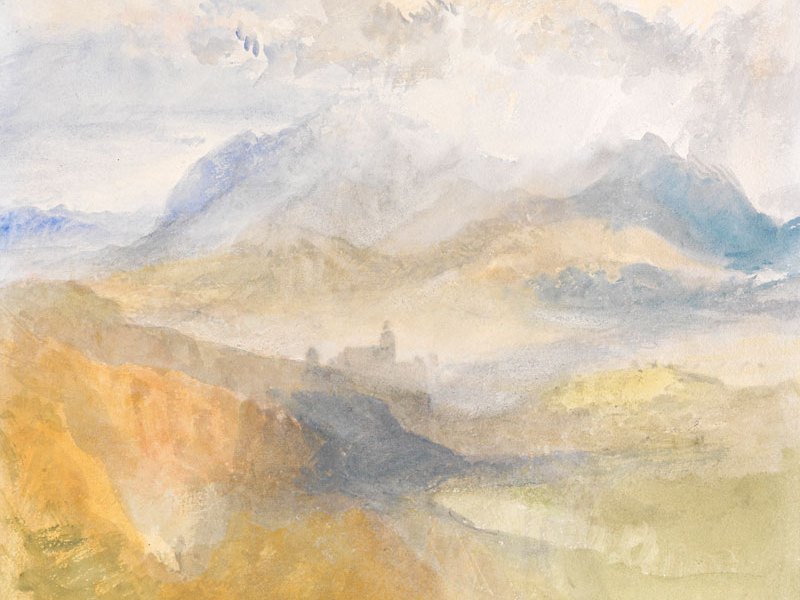
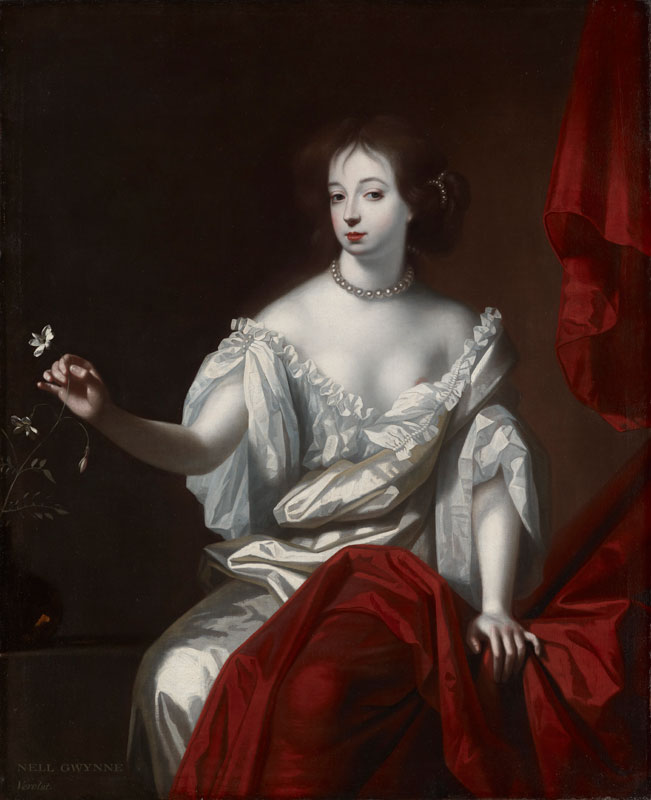
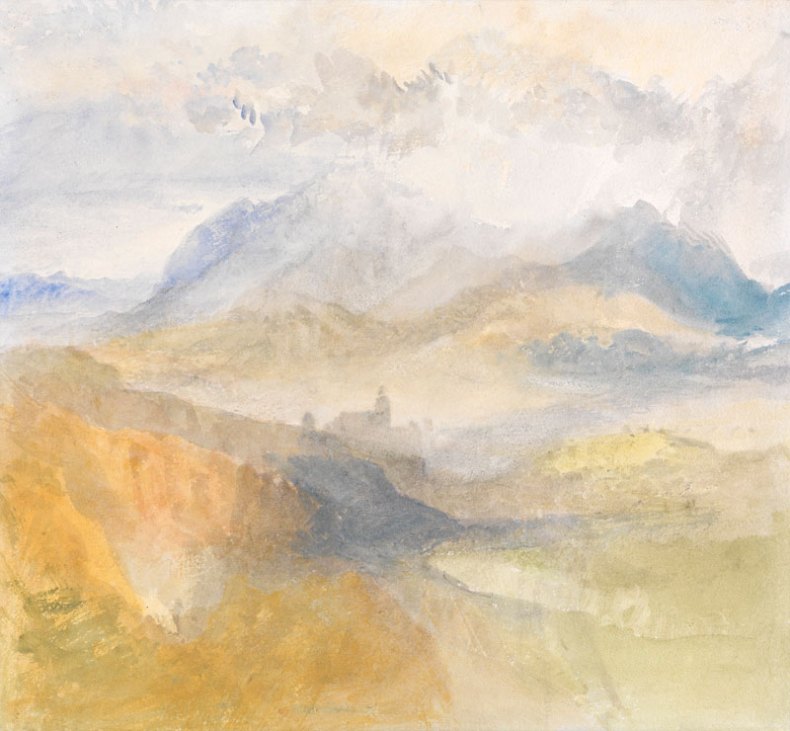
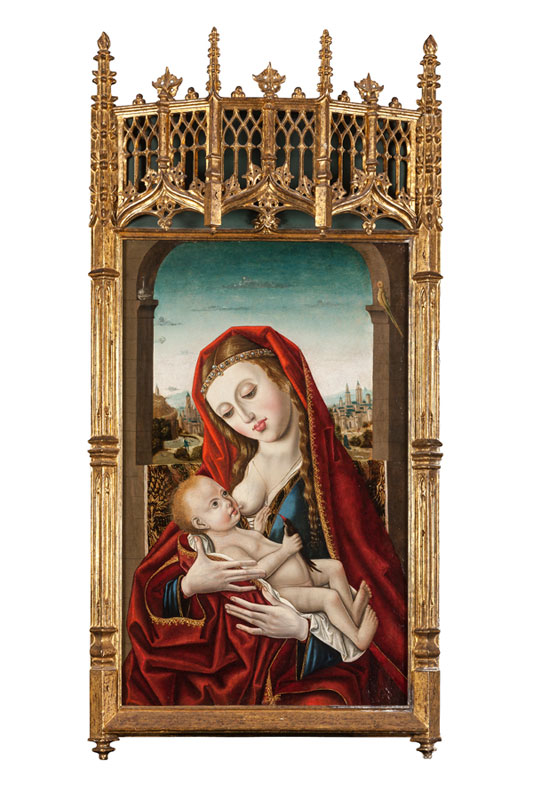
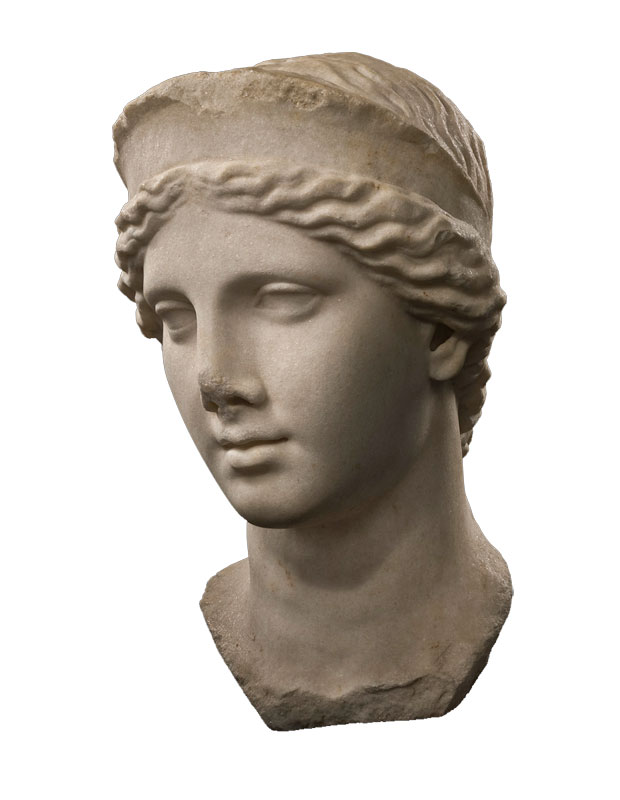
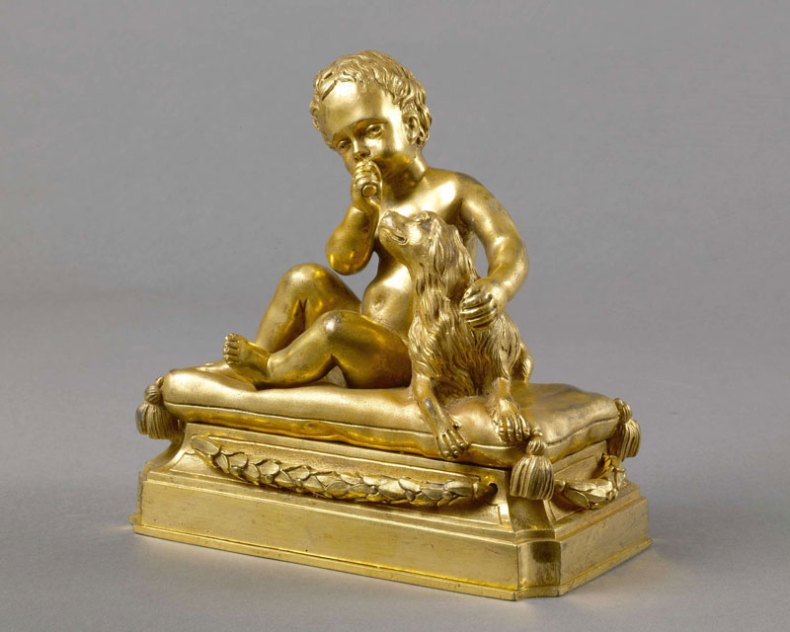
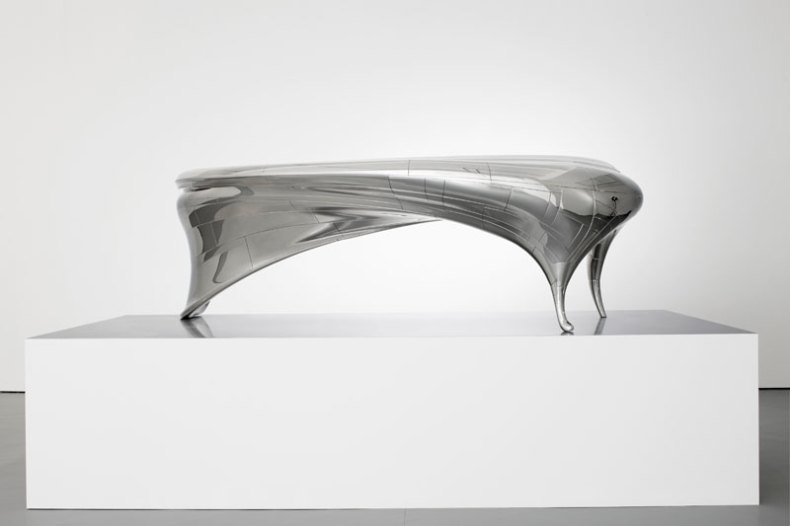
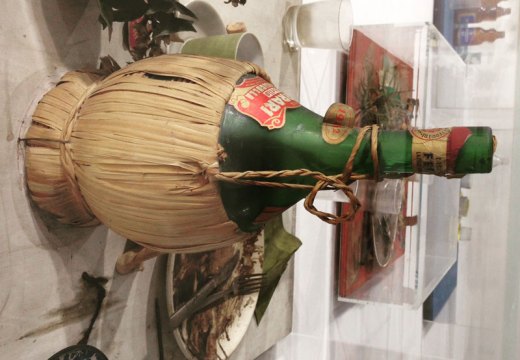
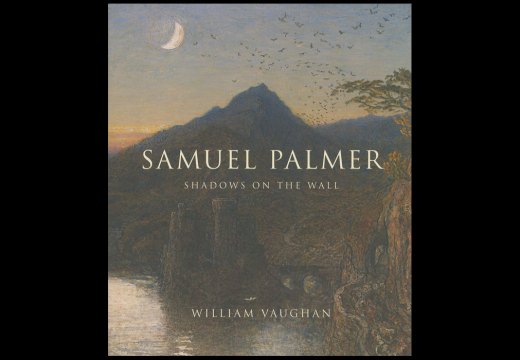
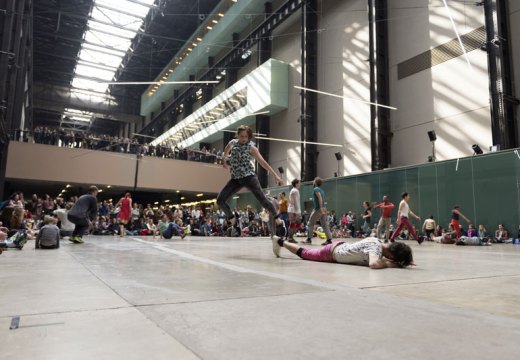









![Masterpiece [Re]discovery 2022. Photo: Ben Fisher Photography, courtesy of Masterpiece London](http://www.apollo-magazine.com/wp-content/uploads/2022/07/MPL2022_4263.jpg)
It’s time for the government of London to return to its rightful home